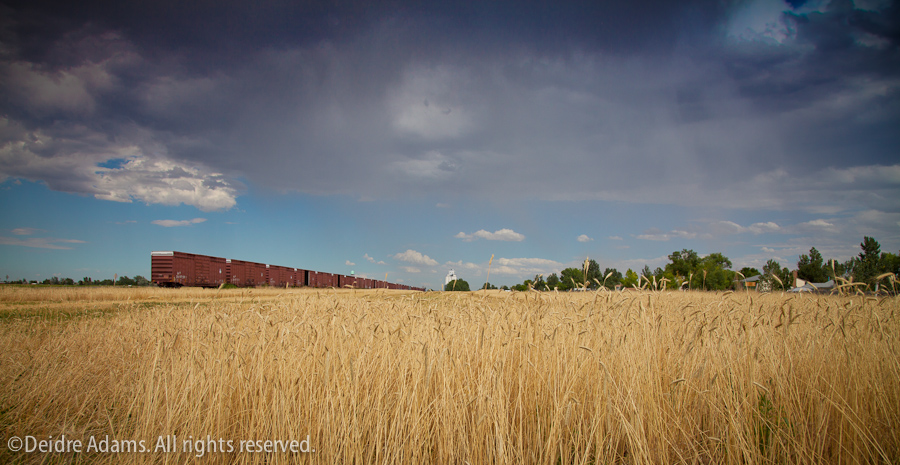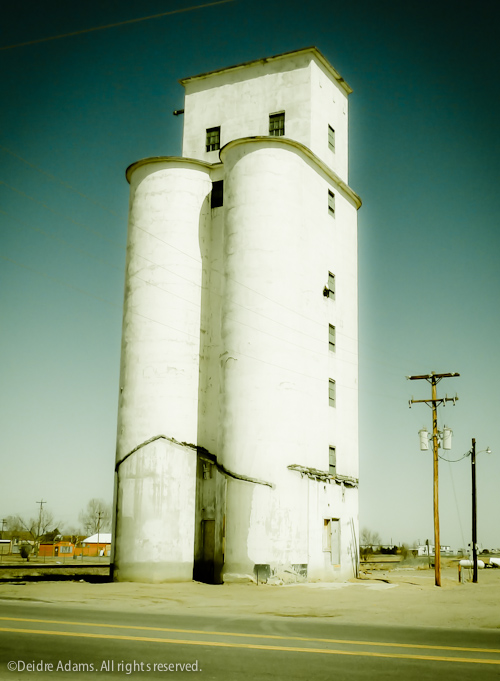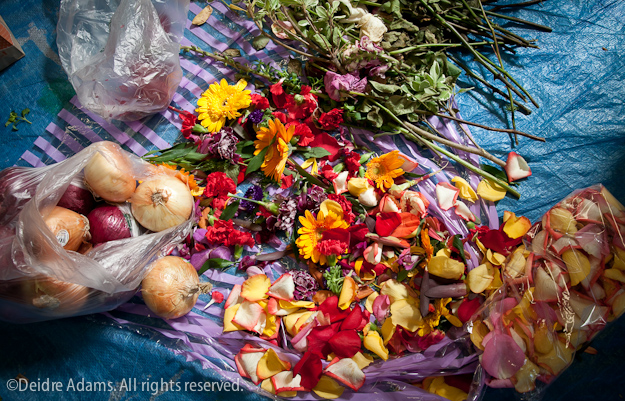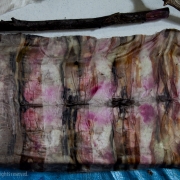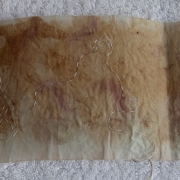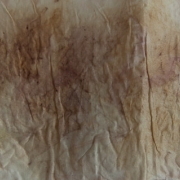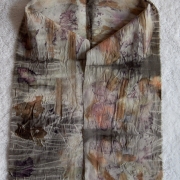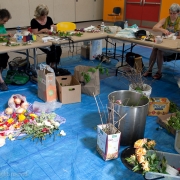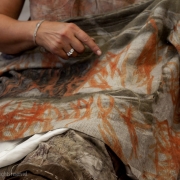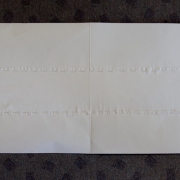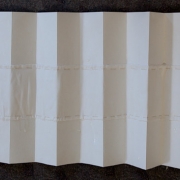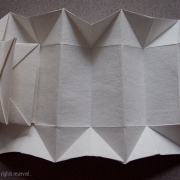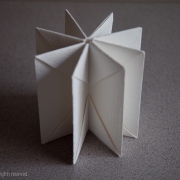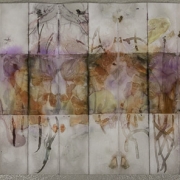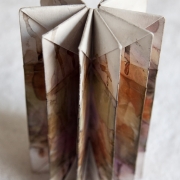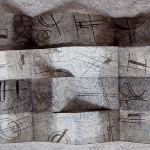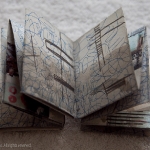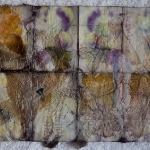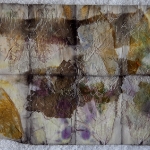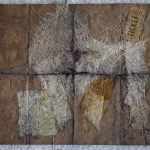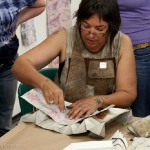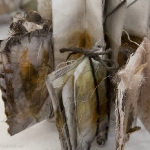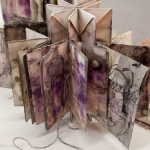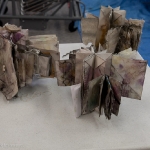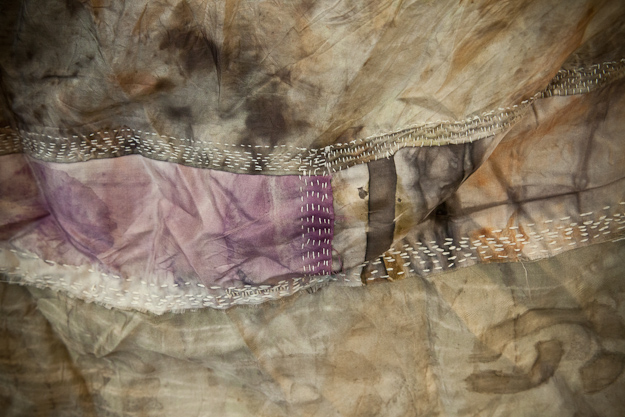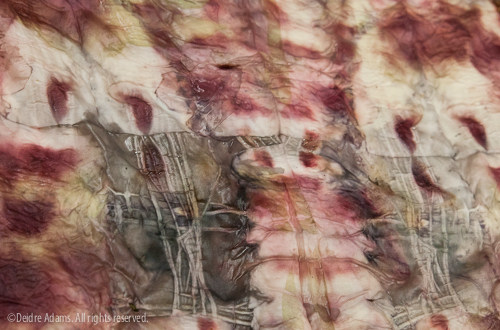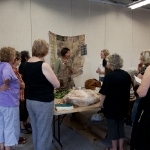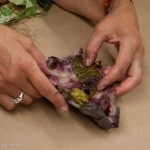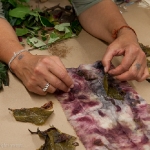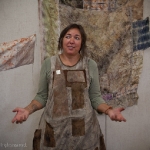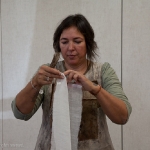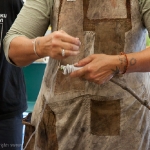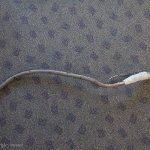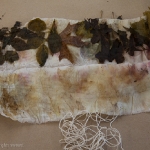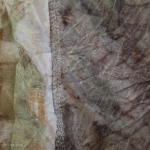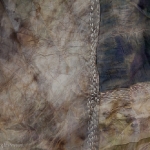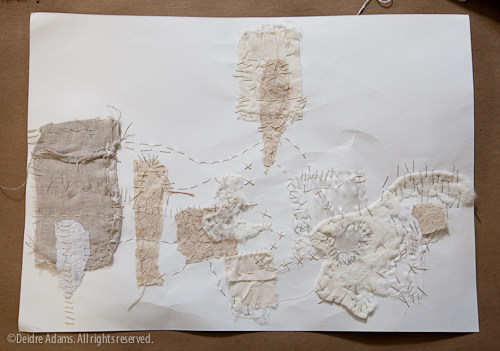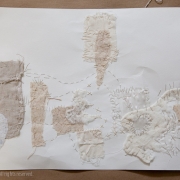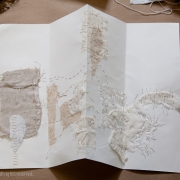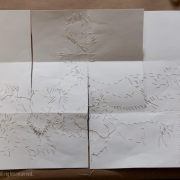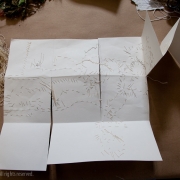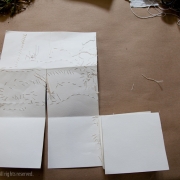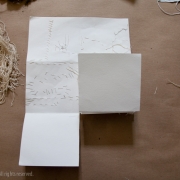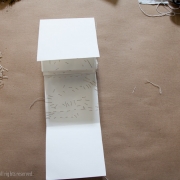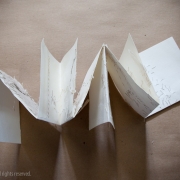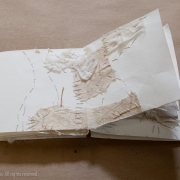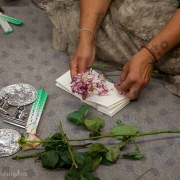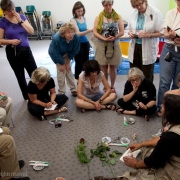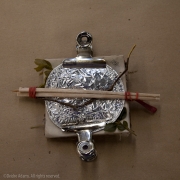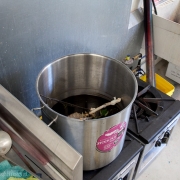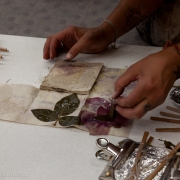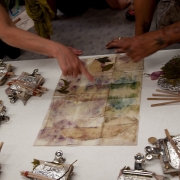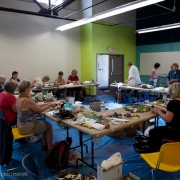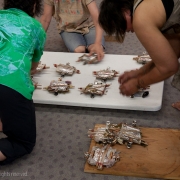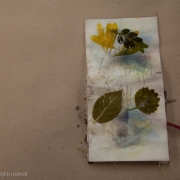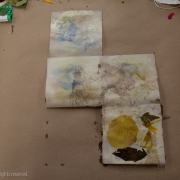Life on the Eastern Plains
©2011 Deidre Adams. All rights reserved.
This summer I’ll be starting on a new public art project to be installed at Anythink Bennett, a library serving residents of Bennett, Strasburg, and Watkins, a group of small towns on the eastern plains of Colorado. The project, whose theme is “Life on the Eastern Plains,” is the first in a planned series of collaborative, community-inspired artworks for the library district, under the umbrella theme of “This is Who We Are.” This press release has full details.
“Anythink” is the name given to a “new style of library that celebrates imagination, play and interactivity.” The concept is the driving force for the Rangeview Library District, a network of seven libraries serving the residents of Adams County, Colorado. It is a “new style of library that offers memorable experiences and transformations for its customers,” and in addition to books, also offers “innovative programming, technology, and the highest level of customer service so that everyone who walks into an Anythink feels welcome.” This video illustrates the spirit of the Anythink concept and the accompanying logo.
As part of the development of the artwork, I’m talking with residents of the area about their experiences living on the eastern plains. Members of the library district staff are assisting with the interviews as well as recording them for an oral history component of the project. We’ve had one community meeting to introduce the project to the public, and two days of conducting interviews. A final day of interviews will be held this Monday.
In addition to talking to people, I’m also asking them to contribute fabric for the artwork, which will be a stitched textile piece. I’m asking them to give me pieces of fabric that have some kind of a history: perhaps a scrap of an old work shirt, or a worn dishtowel or apron – something that was a part of the daily experience on living on the plains. I want the finished piece to incorporate literal physical artifacts that have come from the community.
I’m also asking for handwritten letters and photographs that speak to the experience of life in the area. These I will scan and return to the owners. My vision is to incorporate some of the handwriting into the piece either by direct printing on fabric or perhaps with a silkscreen.
Anythink publishes a newsletter called Spark. The June 24 issue of Spark has two articles about the art project. The editor, Ken Devine, interviewed me after I was chosen for the project and wrote a great article about my work and how I was selected. Evidently, having a love of grain elevators was a pivotal factor working to my benefit. But whatever the reason, I’m very honored to be a part of this project and really excited to start working on it.

